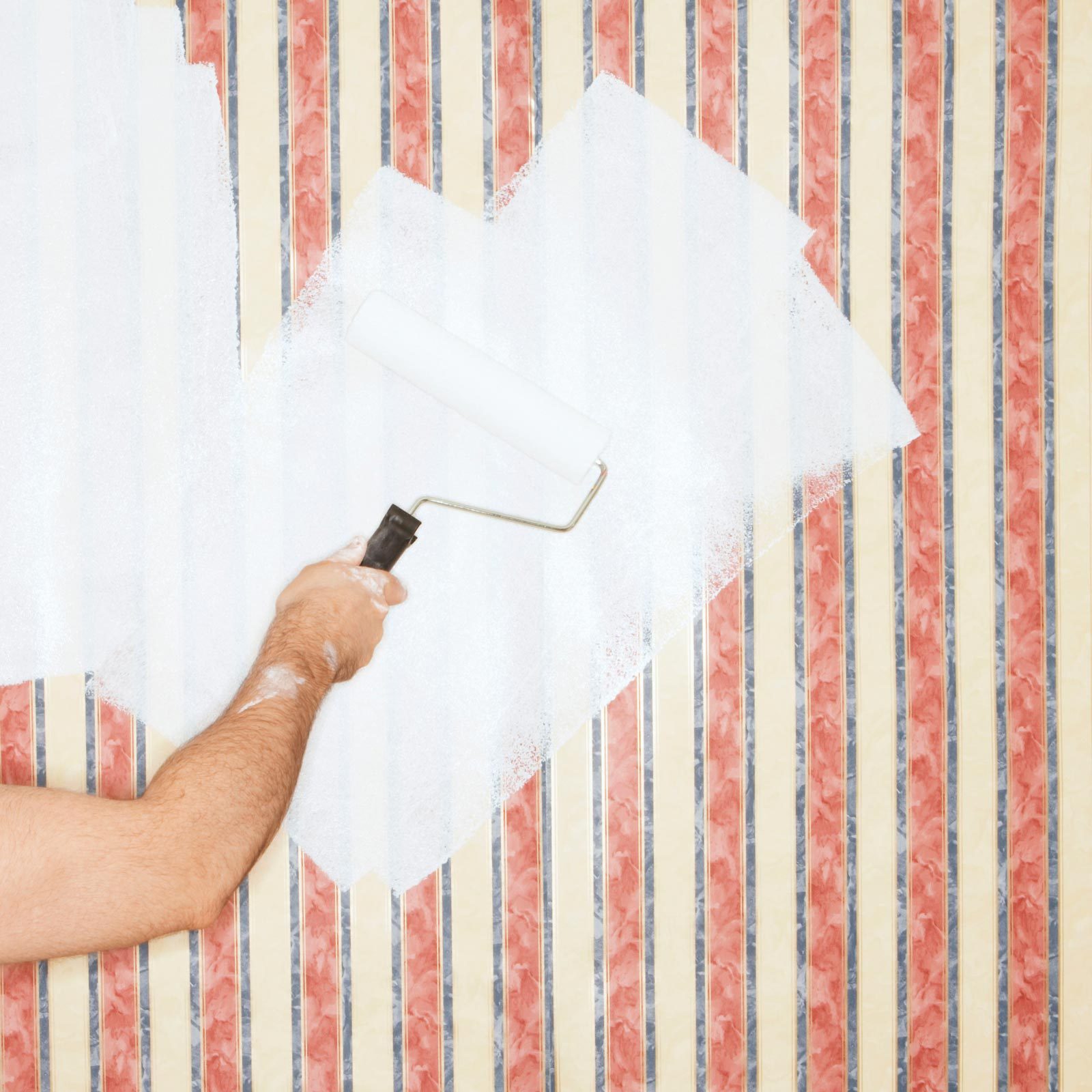Painting over wallpaper can be a fast and cost-effective way to transform a room. Before you begin, read this step-by-step guide.
Our editors and experts handpick every product we feature. We may earn a commission from your purchases.Learn more.


Painting over wallpaper can be a fast and cost-effective way to transform a room. Before you begin, read this step-by-step guide.
Our editors and experts handpick every product we feature. We may earn a commission from your purchases.Learn more.
Varies
Beginner
Varies
It's generally recommended to remove wallpaper before painting a wall. But like most things in life, there are exceptions to this rule.
Consider painting over wallpaper if removing it will be cost prohibitive or damage the wall. Previously painted wallpaper can be time-consuming and expensive to remove, so it's a good candidate for paint. Same with wallpaper hung without a primer, which won't come off easily, either.
In my home repair business, I recently worked on a property with improperly installed wallpaper. At some point, someone hung wallpaper without sealing the wall first. Sealant provides a barrier between the wallpaper glue and the wall surface. If not sealed, wallpaper adheres directly to the drywall's paper surface.
So when I tried to remove it, the drywall paper came off with it. I stopped right away and recommended painting over the wallpaper instead.
Read on for step-by-step instructions to prep, prime and paint over your wallpaper the right way.








